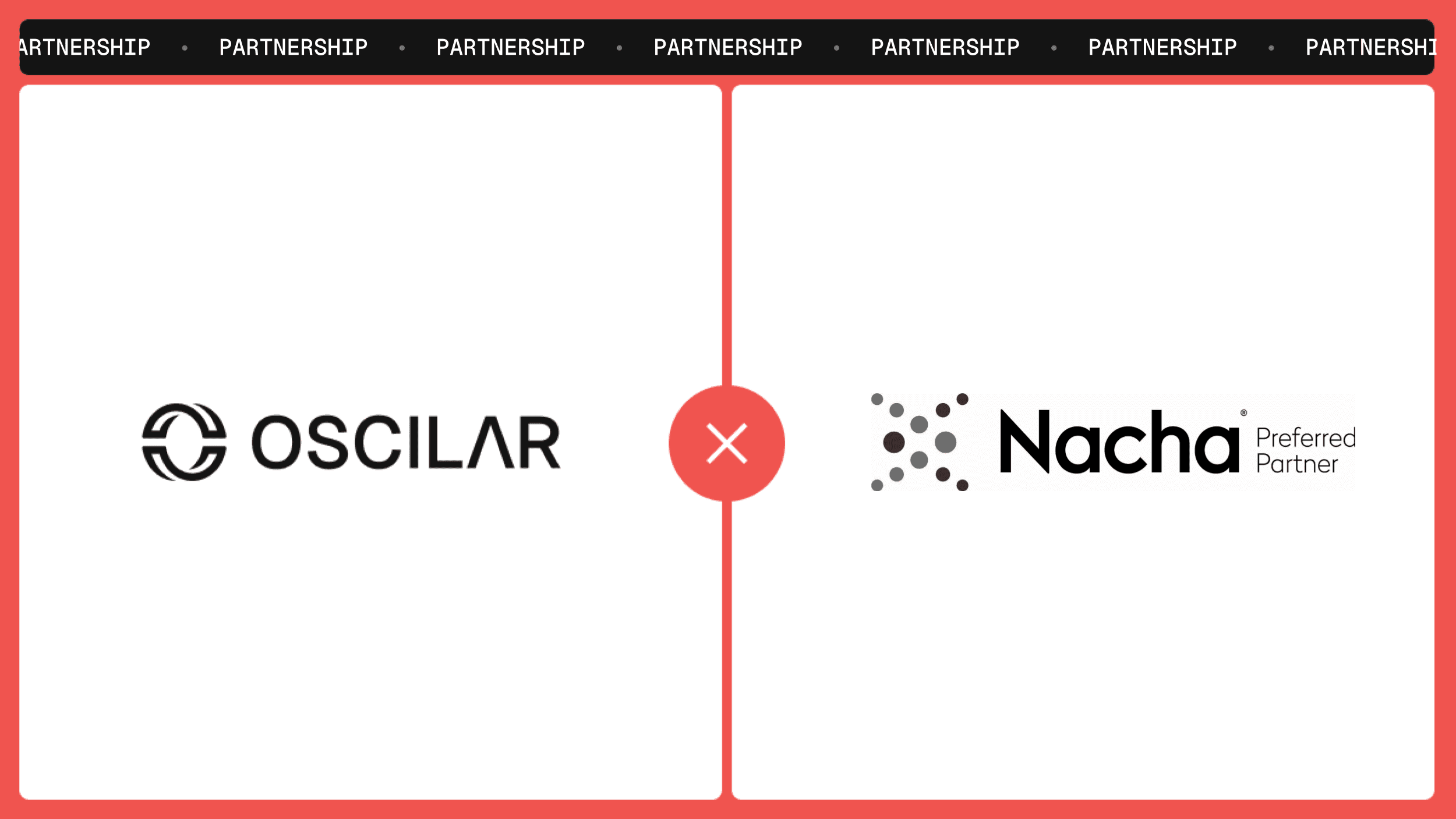When it comes to fraud, merchants face a unique challenge: how do you measure something that doesn't have a tangible value? After all, the financial losses associated with fraud are just the tip of the iceberg. Understanding the many ramifications of fraud, as well as how your strategies for mitigating it can be effective in reducing the direct and indirect financial burden, is critical. This includes taking into account not only financial losses, but also brand impact, operational costs and revenue implications.
Bottomline impact
Let's start with the most obvious: fraud costs merchants money. In fact, it is estimated that fraud will cost businesses more than $24 billion in 2020 alone. But as we all know, losses are just the beginning. Fraud also has a significant impact on a merchant's customers and reputation. When fraud occurs, customers can lose trust in the merchant, which can lead to decreased sales and even customers abandoning their shopping carts. In addition, fraud can damage a merchant's brand reputation, causing customers to go elsewhere.
Operationally, fraud can be a major burden for merchants. It can increase the workload of employees who have to manually review transactions and verify customer information. It can also lead to higher customer service costs as merchants work to address the concerns of fraud victims. And finally, fraud can have a significant impact on a merchant's revenue. In some cases, fraud can lead to chargebacks and lost sales. In other cases, it can simply add to the cost of doing business.
Clearly, fraud has far-reaching implications that extend well beyond the losses merchants incur. To get a better understanding of the impact fraud has on your business, it's important to take all of these factors into account. Only then can you put in place the necessary measures to mitigate that impact.
Topline revenue impact
Fraud is frequently thought of in terms of the impact to the bottom line. However, the immediate and long-term consequences it may have on topline revenue are among the most under-appreciated concerns. There is often an opportunity cost associated with fraud prevention. Approaches that increase friction for legitimate shoppers can lead to greater abandonment and decrease customer lifetime value.

Consider that 30% of consumers in 451's Q2 consumer poll said a transaction being inadvertently declined would have a significant influence on their decision to stop buying with a preferred brand or store. Similarly, tightening return policies and new customer incentives as a result of fraud erodes loyalty for legitimate customers who were intended to benefit from them. Due to concerns about fraud risk, merchants may avoid new revenue opportunities, such as entering a new geographic area.
A long-term topline impact is the extended drop in decline rates that merchants may experience, even if their chargeback ratio begins to rise, as card issuers become more cautious and conservative about transactions they authorize. Merchants with a lot of chargebacks are finding that their acquiring bank is keeping a greater proportion of their overall purchase in reserve as a security deposit to cover potential fraud issues.
Customer and reputation impact
Fraud, and more particularly, the steps taken to prevent it, can have a significant influence on customer experience. Fraud-prevention technologies that burden law-abiding consumers delay their purchase and frequently result in cart abandonment. Fraud measures that are too tight, on the other hand, might result in false-positive transaction declines at the most crucial time of the purchasing trip. Finding the correct balance between security and usability is still a challenge for online retailers. According to a Q2 2020 merchant survey conducted by 451 Research, part of S&P Global Market Intelligence, less than 25% percent of respondents said their fraud strategy was effective in balancing prevention with the customer experience.
On one hand, merchants who do not take the required measures to safeguard their consumers may have a hard time building trust. Consider that 51% of respondents to 451's Q4 2019 consumer survey said 'trust in a merchant's reputation' affects their decision to store their payment information with an online business. At the absolute worst, failure to build trust may result in the destruction of a company's brand and reputation. Consumers' top strategies for keeping their personal data private and secure online included "avoiding organizations or services I don't trust" (48 percent) and "only using websites that do not store any personal information" (31 percent).
Operational impact
Mitigation and correction of fraud has a significant operational impact. The costs of antifraud technology are at the top of the list. The conventional approach to addressing fraud has been to layer a slew of independent fraud-prevention tools and systems on top of one other, each with its own set of capabilities. The result is a fragmented fraud stack, often characterized by redundancies and cost inefficiencies. Platform approaches that have come into the market in recent years have sought to address this.
Compliance requirements are also part of the operational burden caused by fraud. For example, the PSD2 European Strong Customer Authentication requirements have resulted in a complete overhaul of many online merchants' checkout processes. The tools and resources required to combat fraud underpin each of these issues. Merchants have historically employed large teams of risk analysts to create and modify fraud rules, as well as investigate chargebacks. AI-powered fraud platforms with automated chargeback processing, as well as automation solutions for chargeback management, can assist alleviate staff requirements or allow personnel to focus on more complex fraud scenarios.
The conclusion
The most significant penalty for fraud is typically the loss of money. Losses--a significant concern--are only one aspect of the overall impact that fraud has on a business. Successful fraud-prevention techniques need to be comprehensive in nature and address not just financial damages but also top-line revenue, customer experience, operational consequences.








